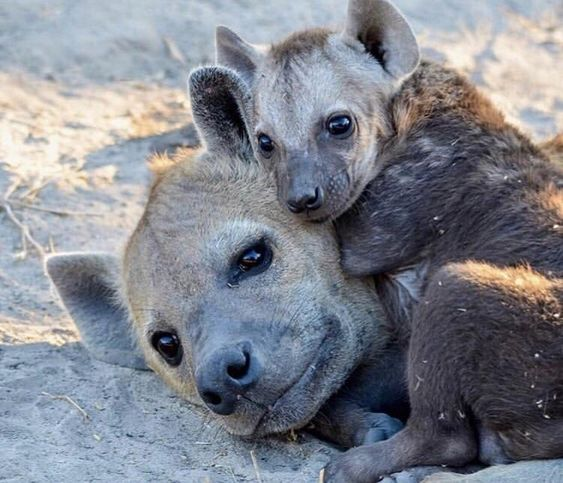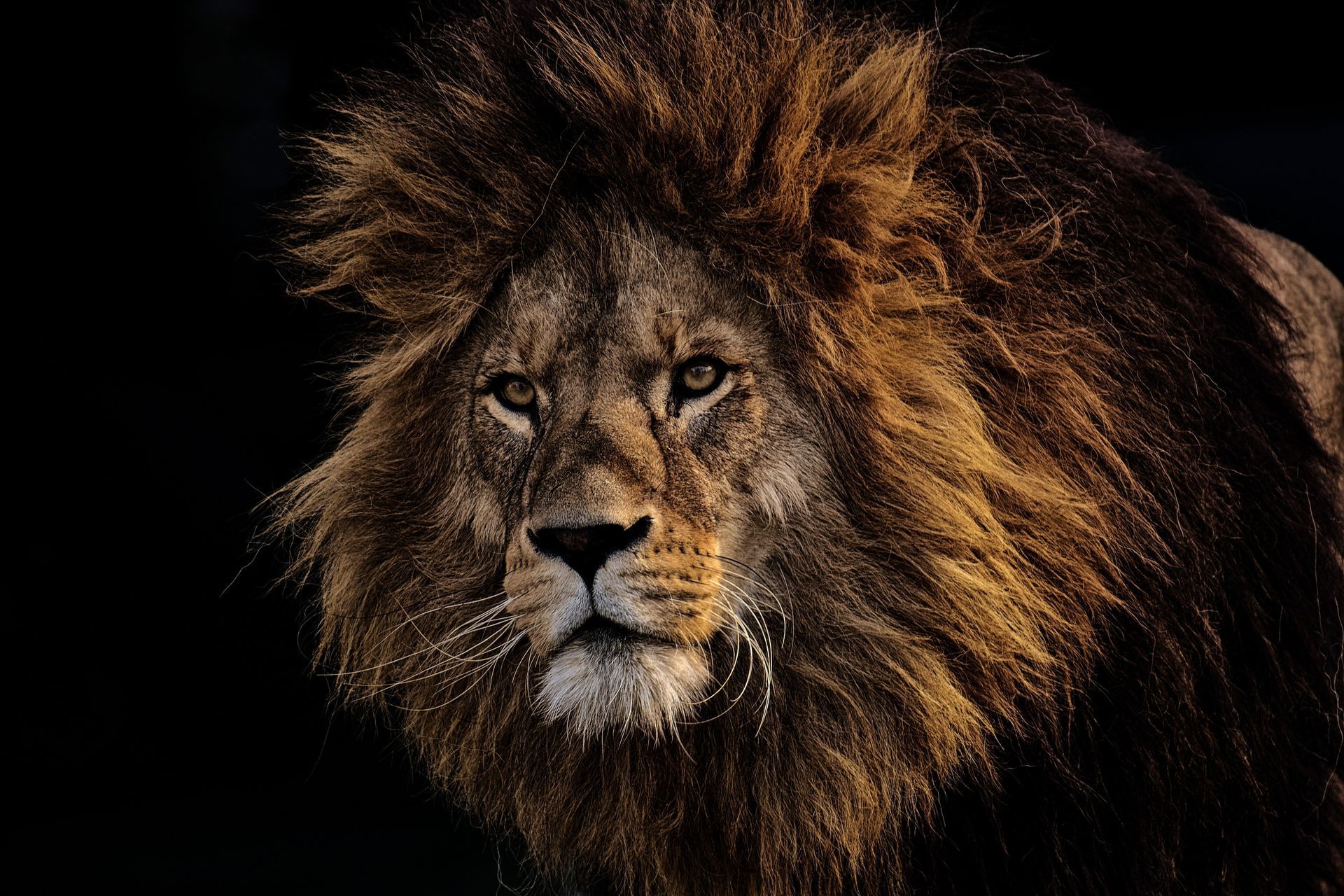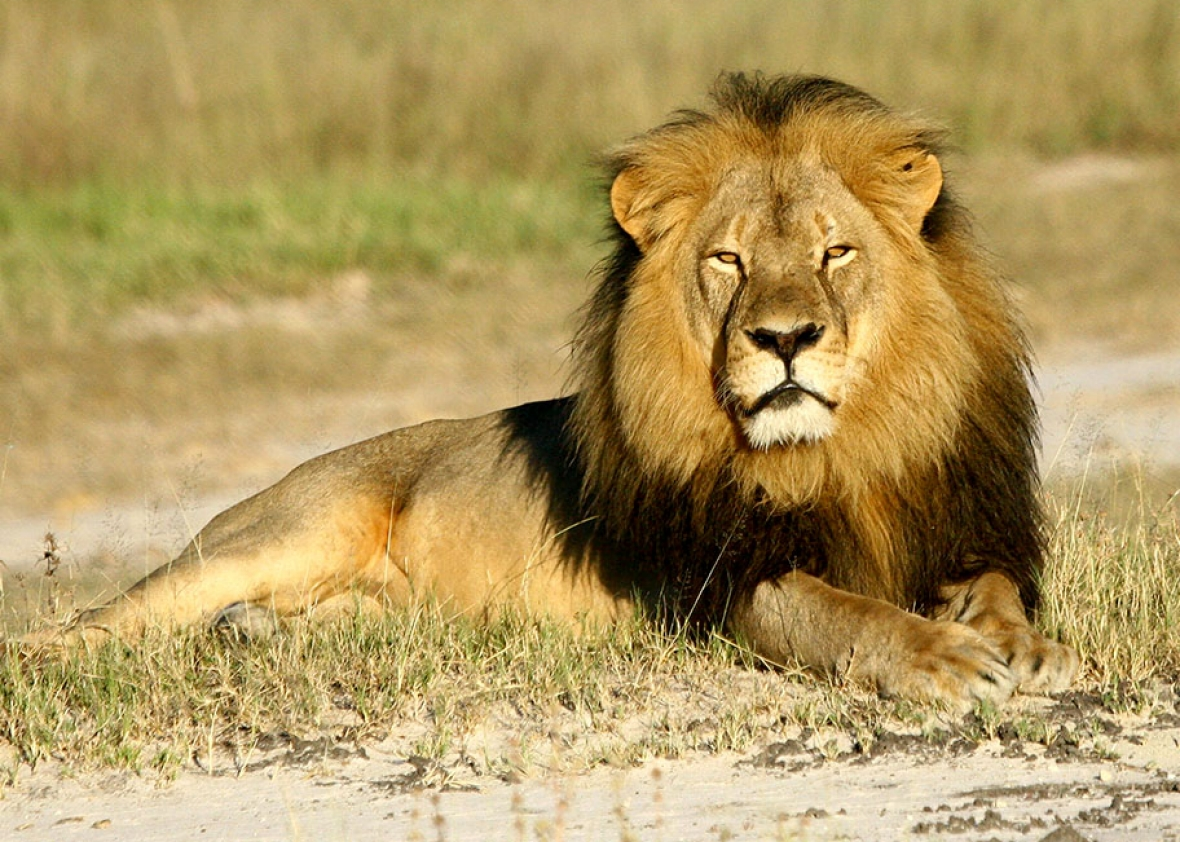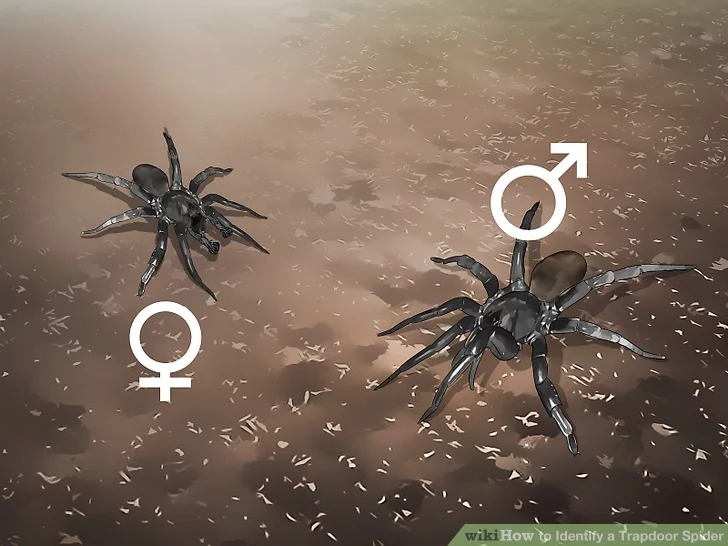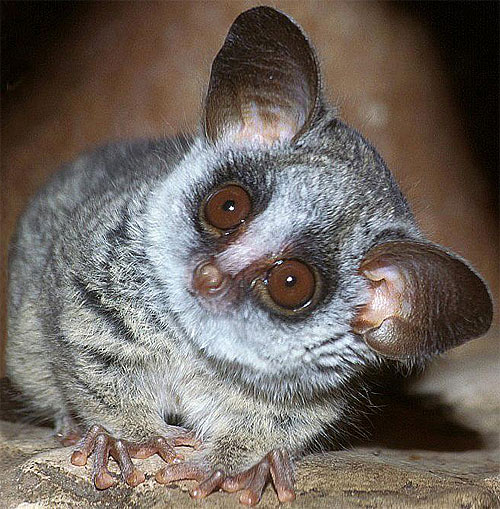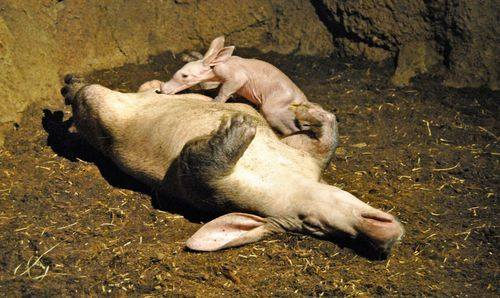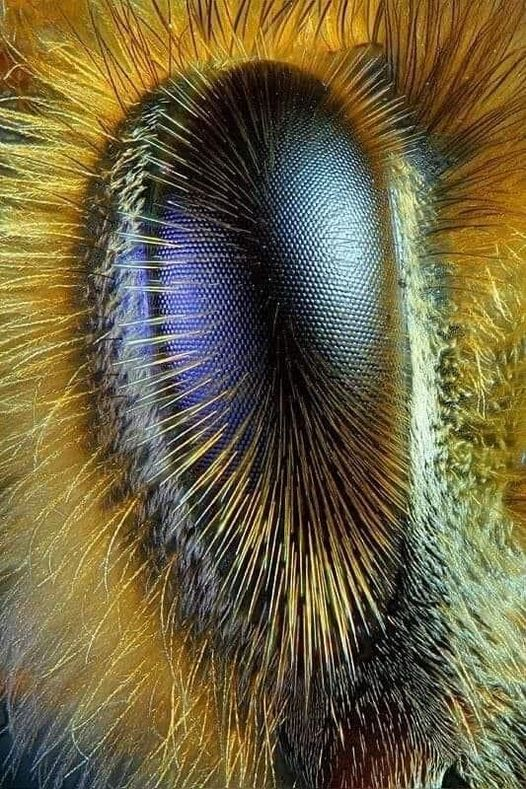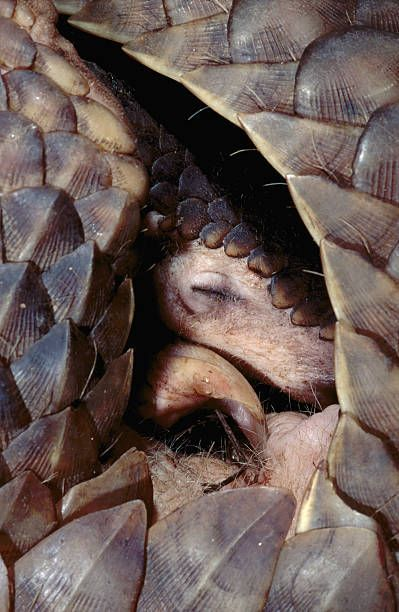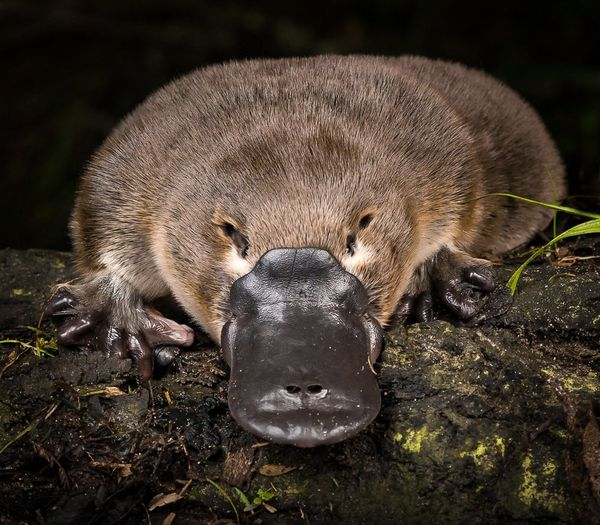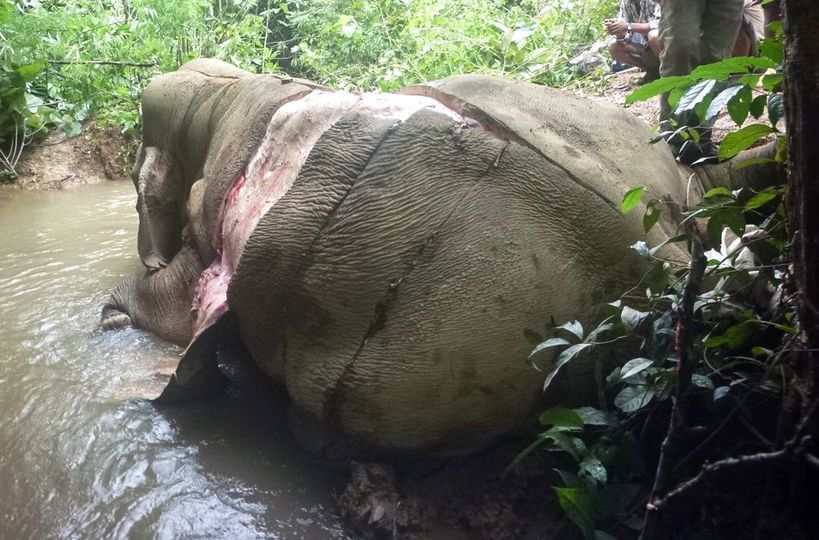Knysna Elephants.
These mammals are held by most in a mythical status. I spent a great deal of my life in Knysna (Cape coast, South Africa). My mother and sister still live there – so we grew up with this myth tightly wound around us. Knysna is the heart of the well-known Garden Route – it is a beautiful coastal town, and one of its greatest mysteries is that of the Knysna elephant.
Once, only once, upon a time there were many of them, but they were almost wiped out by European settlers in the 1800s. By the time their area was proclaimed a National Park, which protected them – in 1964, it was already far too late and only a few remained. They tried to help by adding orphans of culled Kruger Park elephants, as these elephants are not another species but also savanna/bush elephants.
However, this was poorly thought out, because all elephants need a leader – especially the young elephants. They needed an experienced matriarch to survive – they did not know what and what not to eat, and many other things they needed to learn and know to survive. After all, these youngsters were thrust into a different environment. Obviously it never worked, and a few years later they were removed and returned (early 1990s).
By that time, it was believed only 10 elusive Knysna elephants remained. For years people speculated how many were left, many made up fantastical stories about these mythical beasts – very aware of this as I was an impressionable kid, and therefore, believed most of them and aided in keeping the mystery going...Although the entire town, back then, had never seen one, it was our most celebrated and mysterious animal – even more so than the famed, breathtakingly beautiful and also elusive Knysna Loerie (Knysna caracao bird).
Many believed there was only a family of five left, and some believed our forests no longer had any Knysna elephants secretly tiptoeing through them. Theories persisted, and pressure was mounting to find out which team was correct – the ones still living in hope, or the team where all hope was dead. One thing was clear, though, the very animals that kept most imaginations burning were becoming legendary.
Recently, 80 camera traps were set up in a large area where clear signs, like dung, broken branches and similar evidence revealed that elephants still lived there. They kept these cameras going for 15 months – hoping to collect graphic evidence to show the believers and bury any non-believer's doubts. These cameras captured something (by the way, the book I am reading, where I'm gathering this factual information, was published 2020. Now 2021, still no noticeable change).
Only one lonely female about 50-55 years-old remained. By this age, she should be leading a herd, with daughters and calves following her, but this poor girl walks these beautiful rainforests all alone.
The point/motto of this story?
Well, this shows you what human greed and their devastating hunger for ivory has done to one of our greatest mammals.
- Photo of last Knysna elephant – Oupoot, which means 'old foot', camera trap.
- Elephants are extremely social so this must be an awful and sad existence for this old girl.
